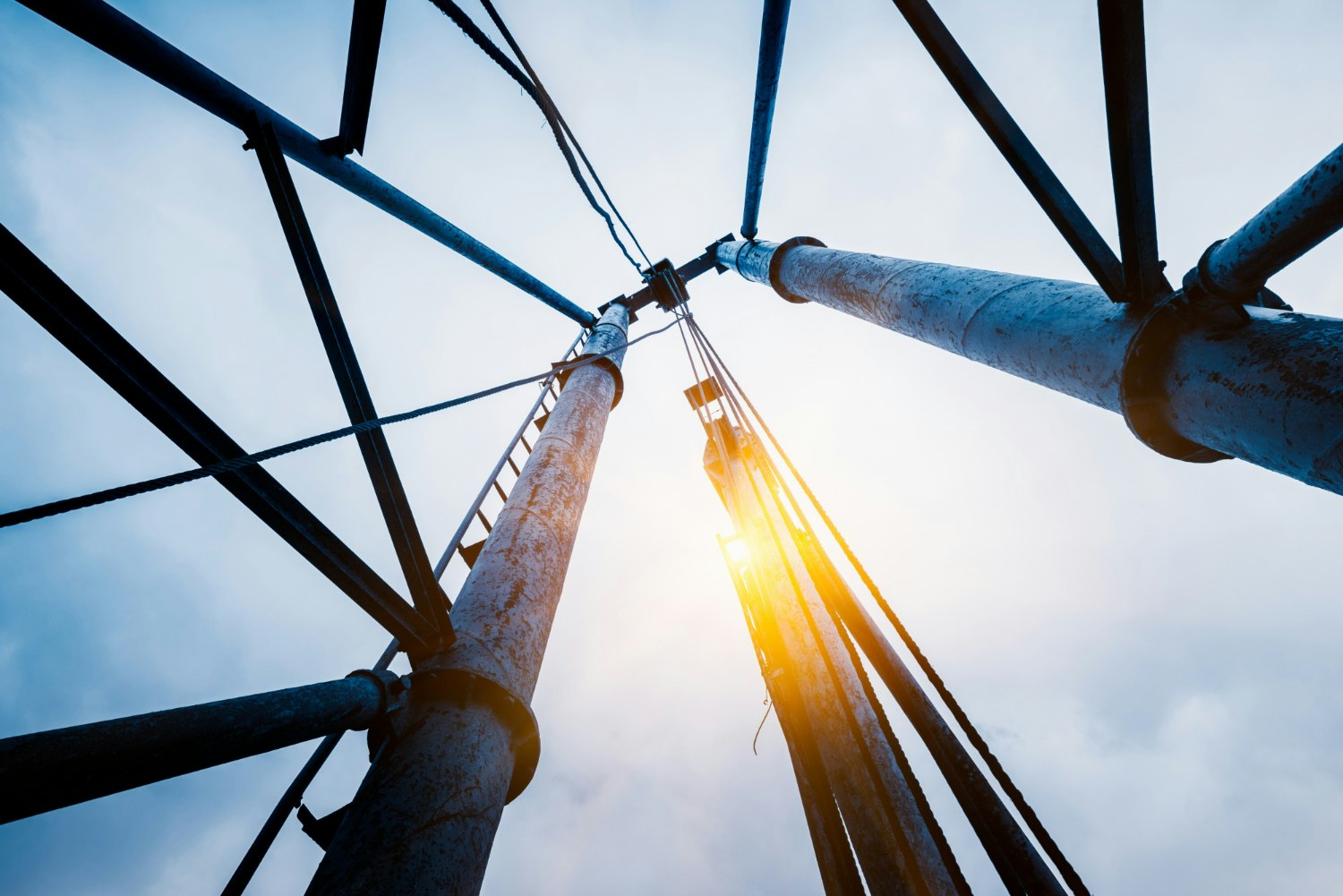
Power Grids Under Pressure: Outsmarting Drone Threats on Critical Infrastructure
January 15th, 2025Power grids and energy facilities are the lifeline of modern society, but they’re facing increasing challenges. Winter storms, wildfires, and extreme weather events already stretch these critical systems to the brink, testing their limits year after year.
Now, a more complex challenge is adding to the pressure: unauthorized drones.
Drones can inflict major harm on energy facilities, from triggering blackouts and damaging equipment to exposing sensitive data. As the U.S. Department of Homeland Security warns, “Particularly in this time of global energy shortages, any interruption of supplies or attack on these facilities could be devastating. Drones don’t just pose physical threats—they can also conduct hostile surveillance, steal U.S. technology, or even be weaponized.
The risks are far from theoretical. In 2020, a drone modified to cause a deliberate power disruption was discovered outside an electrical substation in Pennsylvania. While that attempt failed, it highlighted the very real dangers of drone threats on critical infrastructure. And as drones become more accessible, incidents like these are only becoming more frequent.
Despite FAA-imposed drone regulations near critical infrastructure sites, recent events reveal just how urgent this issue has become:
- The FBI arrested and charged a man in November with attempting to use a weapon of mass destruction to destroy an energy facility in Nashville.
- More than 22 energy sites requested temporary flight restrictions in December due to mysterious drone activity across New Jersey, New York, and Maryland.
- In Minnesota, drones were spotted flying close to Xcel Energy’s nuclear power plant, but local authorities couldn’t identify the operators.
These incidents make it clear: safeguarding energy infrastructure from drone threats is now essential for protecting the systems that millions rely on every day.
The Ripple Effect of a Single Disruption
When a drone breaches a power plant or energy facility, the impact can cascade far beyond the immediate site. A single drone incident—whether caused by an accident or malicious intent—can spark a chain reaction. A sudden power outage can leave homes without heat, businesses scrambling to stay operational, and hospitals struggling to provide life-saving care.
A drone collision with critical equipment—such as turbines, transformers, or cooling systems—can also cause extensive damage, leading to expensive repairs and prolonged downtime. In some cases, the damage could even trigger secondary disasters, such as fires or leaks of hazardous materials.
Beyond the physical dangers, drones pose serious cybersecurity risks. They can capture detailed facility layouts, monitor operations, and expose vulnerabilities that could be exploited for espionage or sabotage.
Drone threats on critical infrastructure aren’t one-off incidents—they’re part of a growing trend that requires a shift in how security is approached. Reacting after an incident isn’t enough—by then, the damage may already be done. Protecting energy facilities demands a proactive, multi-layered defense strategy that anticipates risks, mitigates vulnerabilities, and can help prevent disruptions before they occur.
The Need for Proactive Drone Defense
Relying solely on drone regulations, FAA restrictions, and outdated security measures won’t protect against drone threats on critical infrastructure. Drones can slip past traditional security systems, operating in ways that older defenses simply can’t handle.
To protect power grids and energy facilities, security leaders must embrace advanced drone defense systems that go beyond just spotting drones.
As our CEO Grant Jordan explained on Fox News, modern drone defense systems enable organizations to identify, track, and neutralize rogue drones before they can cause harm. These systems combine real-time tracking capabilities, detailed threat assessments, and drone forensics to give security teams the tools they need to stay ahead of emerging risks.
By implementing these systems, energy facilities can:
- Ensure service continuity: Prevent disruptions leading to blackouts or delays in delivering essential services.
- Protect sensitive information: Stop drones from conducting unauthorized surveillance or collecting data about facility vulnerabilities.
- Reduce cybersecurity risks: Safeguard networks and communication systems from drone-based hacking attempts.
- Prevent costly physical damage: Avert weaponized drones from colliding with vital equipment or gaining unauthorized access to facilities.
- Mitigate environmental threats: Minimize the risk of hazardous material leaks caused by drone interference or intentional attacks.
A Call to Action for Energy Security Leaders
Drone threats are no longer a distant possibility—they’re an immediate and growing challenge for the energy sector. Traditional security systems weren’t designed to handle these aerial risks, and trying to adapt old tools to new problems can only take us so far. It’s time for security leaders to take a fresh approach, adopting tools and strategies built specifically for the complexities of drone defense.
With advanced drone detection and forensics capabilities, organizations can move beyond just reacting to building stronger, more resilient security operations. This isn’t just about addressing immediate risks—it’s about being prepared to meet the security challenges of today and tomorrow. And the sooner we make this shift, the better positioned we’ll be to protect the systems that keep modern life running.
Want a deeper dive into how energy security leaders can build a multi-layered defense against unauthorized drones? Watch the on-demand webinar now.
